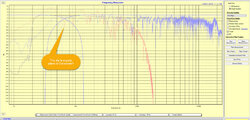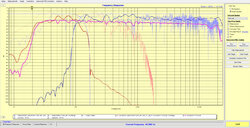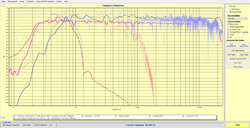Hi Guys
Could you please share your steps on how you go about designing your Audiolense targets and crossover points?
I'm designing it based on measured frequency response from the listening seat?
Should I measure 1 meter from the speakers?
Is there anything else that should be a factor besides measured frequency response?
Just trying to get a flat frequency response without more than 10 dB loss.
Thanks
Could you please share your steps on how you go about designing your Audiolense targets and crossover points?
I'm designing it based on measured frequency response from the listening seat?
Should I measure 1 meter from the speakers?
Is there anything else that should be a factor besides measured frequency response?
Just trying to get a flat frequency response without more than 10 dB loss.
Thanks





















